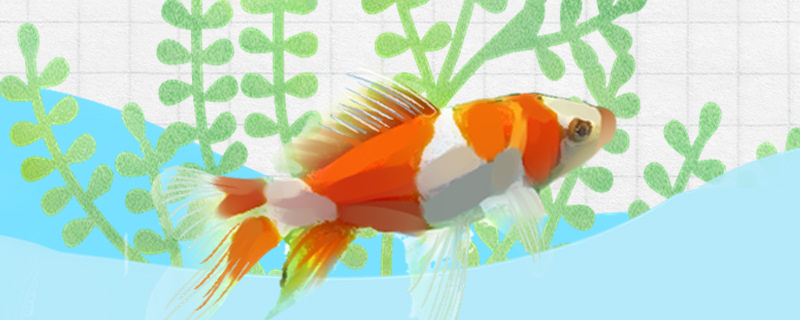
, also known as Ichthyophthirius disease, is a common fish disease caused by Ichthyophthirius parasitism. When the disease occurs, many white spots will appear on the body surface of goldfish, and the color of the body will become very dim. Because Ichthyophthirius is not heat-resistant, when goldfish are infected with Ichthyophthirius, the water temperature can be raised to 28-30 C to control and kill Ichthyophthirius. The diseased fish was fished out and treated separately. The diseased fish could be soaked in 0.5% salt water, or the goldfish could be bathed in 2 pmm methyl blue solution until the goldfish recovered.
Saprolegniasis is also called white disease. Goldfish are infected with bacteria, resulting in white hair on the body surface and ulceration of the affected area. For the treatment of saprolegniasis, the diseased fish should be treated separately. 2ml/L potassium permanganate can be used to give the goldfish a medicinal bath, and sulfonamides can be mixed into the goldfish's food for the goldfish to take. While treating the diseased fish, it is also necessary to irradiate the fish tank with 15 watts of ultraviolet light to help kill the bacteria in the fish tank.
rot disease is mostly caused by poor water quality. To treat the disease, 0.5% salt water can be used to clean the affected part of the diseased fish, or a solution prepared by adding 8 tablets of oxytetracycline in 100 KG water can be used to treat the diseased fish, or potassium permanganate with lower concentration can be used to soak the diseased fish.